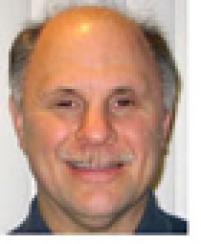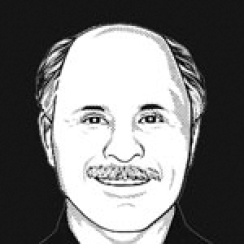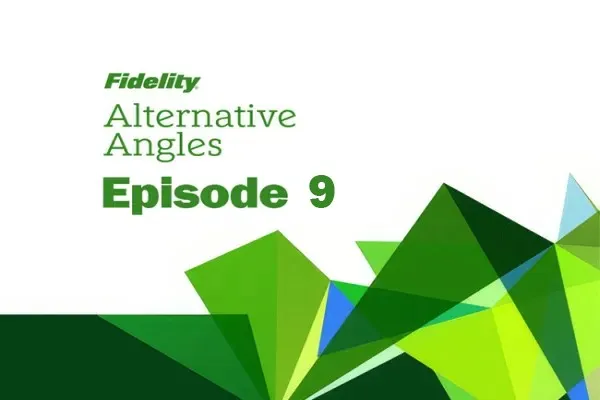While Wall Street desperately tries to prevent the government from lifting the veil from its incredibly profitable derivatives business, one historically secretive slice of Wall Street is slowly discovering the virtues of transparency — hedge funds. And who caused it? The free market and greed, that inseparable duo, like soup and sandwich.
The unraveling of Bernie Madoff’s Ponzi Scheme — he was not a hedge fund but attracted funds of hedge funds — the blow up of dozens of hedge funds in 2008 and the subsequent tsunami-like outflow of assets from many hedge funds have turned some historically insular, secretive hedge fund firms into transparent marketing machines.
Hedgies like Millennium Partners’ Izzy Englander — who normally kept a very low profile, especially after being named in the mutual fund market timing scandal — are suddenly making speeches at hedge fund conferences. And this Friday GLG, the London-based hedge fund firm that long had a policy of not speaking to the press on the record, is actually holding a breakfast meeting with a handful of journalists who can actually quote them afterward.
Of course, the major reason GLG is so open these days is because it is now a public company after completing a reverse merger in 2007. So, now they must regularly disclose all of the things they felt were too secretive to reveal when they were shrouded in secrecy like most hedge funds.
I guess this is the price Noam Gottesman and Pierre LaGrange, who founded GLG in 1995 (along with Jonathan Green, who subsequently left the firm), must pay for reaping nearly $1 billion in cash, stock and other goodies when they decided to become a transparent hedge fund firm.
Dan Och, whose Och-Ziff Capital Management Group went public in 2007 is in the same disclosure position as GLG.
In exchange for personally making more than a billion dollars from the deal, Och — and the folks at GLG and a few other publicly-traded hedge fund firms — must endure the nuisance of telling investors things about their firm, like revenues, earnings, asset flows, performance, compensation (to a degree) and other supposedly proprietary info.
So, it was sort of interesting to read Och’s first-quart results and a transcript of his conference call with investors and Wall Street analysts since this information is not usually available unless you get a copy of a manager’s investor letter, which does happen from time to time.
We do learn a few interesting things about Och-Ziff. Assets under management climbed to $25.3 billion as of April 1, compared to $23.5 billion at the beginning of the year. His average management fee was 1.7 percent.
Performance has been mediocre so far. Year-to-date through April 30, OZ Master Fund, by far the firm’s largest with $18.1 billion, was up just 3.6 percent, while OZ Europe Master Fund was up 5.1 percent, OZ Asia Master Fund, 6.3 percent, and OZ Global Special Investments Master Fund, 5 percent.
Och, however, likes to tout his low volatility, low correlation to the equity markets. “The stability of our returns over time is a function of our underlying risk management and investment processes, our low use of leverage, and our emphasis on diversification,” he told investors on his conference call, according to a transcript posted on www.SeekingAlpha.com .
In any case, Och said the results were primarily driven by distressed and dislocated opportunities, such as structured credit and distressed credits in the US and Europe, equity restructuring in the US and Europe, and convertible arbitrage in Asia.
He also said, in response to a question, that the Master Fund’s exposure breaks down like this: long term equity about 37 percent, convertible arbitrage about 18 percent, structured credit about 15 percent, private investment 10 percent, credit or distressed credit 10 percent, merger arbitrage about 6 percent, and cash and unencumbered capital 4 percent.
Perhaps the most interesting fact to emerge from the conference call was that during the first quarter, Och and his partners took $714 million of the $1.5 billion in after-tax proceeds they received from the 2007 IPO that was invested in the global special investments fund and put it into the Master Fund.
For one thing, Och stresses the partners do see very strong opportunities in the multi-strategy fund. He also says it better aligns partners’ interests with the rest of the investors who have put most of the money into the Master Fund. Of course, this was true before the partners moved their capital.
He then reaffirmed his commitment to the special investment side, saying he remains committed to certain areas, such as real estate, energy, and alternative energy, and other certain geographic regions. But he adds: “Our focus is on areas where we see the opportunity to generate very strong returns and want to put our own capital as believed, and that has not changed.”
We also learned the break-down of his investors: Pensions are about 25 percent; fund to funds’ about 21 percent, foundations are down at 17 percent; corporate institutional about 12 percent; the partners’ capital is at around 10 percent; family office, high net worth about 8 percent; and, private bank about 7 percent.
This is all interesting stuff. But, what did we really learn? Okay, we did find out his asset allocation, but he had to be asked. But, which investments most contributed to performance gains? On which specific investments did he lose money? What did he recently buy? Where does he see the best values? He won’t, or didn’t tell. But, I guess this is a lot more than investors in Goldman’s Abacus CDO learned.
We’ll take it for now.








